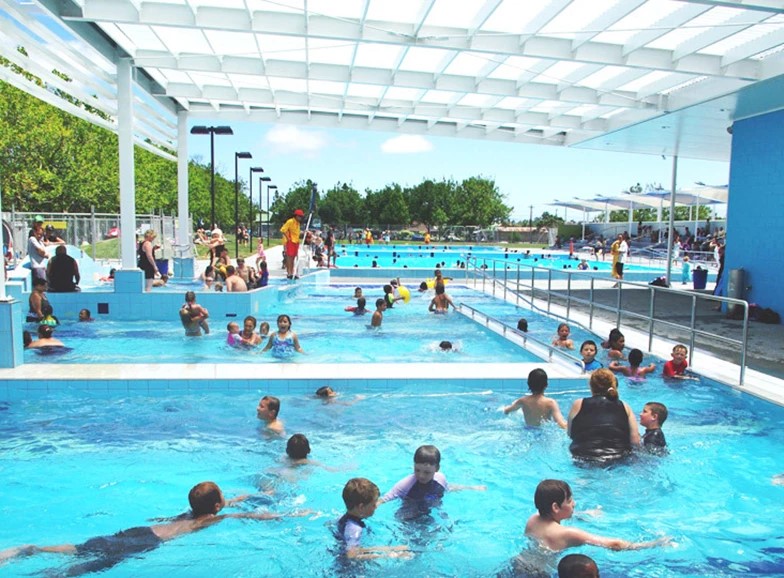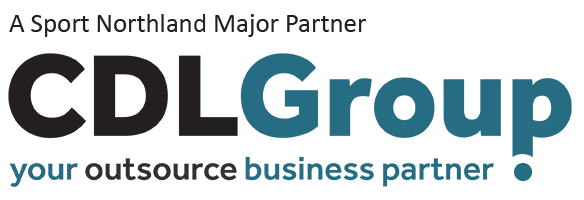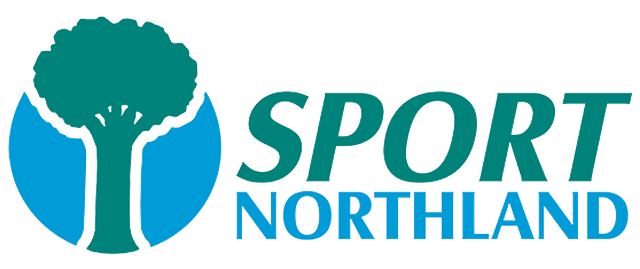


Northland Aquatic Facilities Plan Provides a Pathway Forward for Aquatic Facility Provision Across the Region

In the recently released Northland Aquatic Facilities Plan, a roadmap forward was outlined to address the current and future aquatic facility provision for the region. This plan was initiated following recommendations from Kōkiri ai Te Waka Hourua, the regional play, active recreation, and sport strategy developed in 2021.
Stakeholder consultation was a crucial step in the development of the plan. Anna Hewitt, Parafed Northland’s Operations Manager was thankful for Parafed’s involvement in the process. “Parafed Northland values being included in discussions regarding the Northland Aquatics Facilities Plan, ensuring that our community members with disabilities have fair access to inclusive aquatic facilities. We know that access to the water is beneficial for so many including those with impairments not only for water confidence and rehabilitation but also contributing to individual’s overall wellbeing.”
The plan highlights the region's unique cultural and geographical context, surrounded by beautiful coasts and with plenty of waterways in between. However, despite the region's natural aquatic abundance, there is a significant shortfall in accessible pool space for the community.
The plan found that the current available pool space falls well below the recommended guidelines, especially when considering community access, standing at only 17m2 per 1,000 residents. This is an issue when taking in to account the importance of developing swimming skills in improving water safety outcomes and allowing people to participate in a wide range of aquatic-based activities, both within aquatic facilities and the natural environment.
Population growth is expected to exacerbate the demand, with an estimated increase of 55,000 people by 2053. The shortfall of pool space is distributed across Te Tai Tokerau, affecting the Far North, Kaipara, and Whangārei districts.
Another critical finding is the over-reliance on school pools, comprising about 95% of the 127 pools in the region. Aging infrastructure is also a concern, with the average age of a school pool in Northland being 50 years. Additionally, the Plan revealed that all community-accessible pools are currently owned by charitable trusts or the Ministry of Education, suggesting a need for a review of the ownership model to ensure it is fit for purpose.
The plan includes a set of recommendations aimed at addressing the shortfalls. These recommendations include advocating for the importance of school pools, facilitating workshops to address issues in operating school pools, and considering a more effective long-term ownership model for aquatic facilities. As well as a regional view, local recommendations, broken down by district, outline specific actions each area should take in the short, medium, and long term.
In reflecting on the collaborative nature of the plan, Stu Middleton, Sport Northland Spaces and Places Manager shares “It’s pleasing to see the first major collaboration from the three district councils for an overarching aquatic plan that will provide direction for all three districts since the completion of Kōkiri ai te Waka Hourua”.
Overall, the plan provides a roadmap for the region to navigate the complex challenges of managing aquatic facilities and ensuring the community's access to safe and culturally relevant spaces for recreation and wellbeing.
You can find the Northland Aquatic Facilities Plan as well as our regional strategy, Kōkiri ai te Waka Hourua, on Sport Northland’s Rautaki Rohe | Regional Strategy webpage.
Story written by Brittany White, Sport Northland's Sector Strategy & Community Funding Lead.

SPORT NORTHLAND
CDL Group Northland Sports House
97 Western Hills Drive, Kensington,
Whangārei 0112
info@sportnorth.co.nz
CDL Group Northland Sports House - 09 437 9600
McKay Stadium / Kensington Fitness - 09 437 4404



